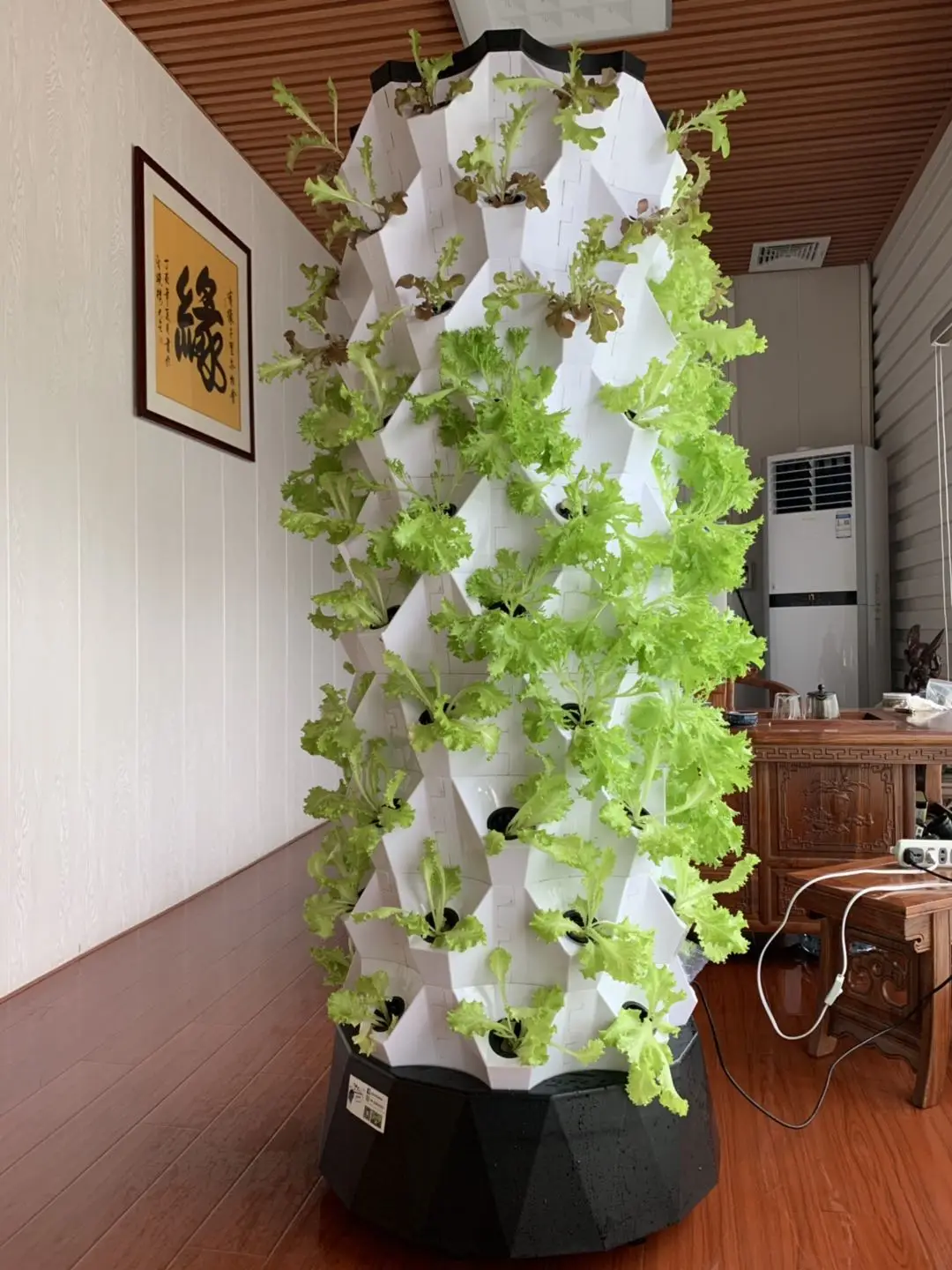Understanding the Basics of Soilless Farming Things To Know Before You Get This

Standard farming has been the backbone of individual world for centuries. It includes the growing of crops and rearing of livestock utilizing all-natural information such as soil, water, and sun light. Having said that, with the development in modern technology, contemporary choices to traditional agriculture have surfaced. One such alternative is soilless farming, which involves growing vegetations without soil utilizing hydroponics or aeroponics devices.
Therefore how do traditional farming and soilless ranch compare? Let's take a closer appeal.
Resource Requirements
Conventional farming calls for a sizable amount of property, water, and various other all-natural information to grow crops and back creatures. On the various other hand, soilless ranch needs a lot less room as plants are grown up and down in controlled environments such as garden greenhouses or compartments. Additionally, hydroponic or aeroponic bodies call for less water than traditional farming methods since they recirculate the same nutrient remedy constantly.
Productivity
Soilless ranch may be more efficient than traditional agriculture since it provides optimal developing ailments for vegetations throughout their lifecycle. Hydroponic devices permit for exact management of nutrients, water degrees, pH degrees, and lightweight direct exposure which results in faster growth prices and higher turnouts every straight feet reviewed to typical methods. Soilless farming also permits for year-round creation regardless of weather condition health conditions.
Environmental Impact
Conventional horticulture may possess significant environmental influences due to the make use of of pesticides and plant foods that can filtrate in to groundwater resources or trigger air air pollution when spattered on crops utilizing conventional methods. Ground disintegration is another concern that impacts numerous agrarian areas worldwide. In contrast, soilless farming decreases these ecological influences through dealing with the requirement for pesticides or fertilizers completely since plant nutrients are supplied directly to grow roots by means of vitamins and mineral remedies that are very carefully monitored.
Costs
The costs associated with conventional horticulture can easily be substantial due to aspects such as property acquisition expense, work expenses, equipment investments/leases/services/routine maintenance fees including gas expenses needed to power these machines during function durations (e.g., tractors), and various other overhead expense such as irrigation expenses. In comparison, soilless farming can easily be extra cost-effective since it demands less land, effort, and equipment. Check For Updates or aeroponic devices additionally use a lot less water than typical procedures, decreasing the associated price.
Food Safety
Soilless farming may supply a more secure meals source as it deals with the threat of soil-borne microorganisms and other pollutants that can be found in traditional horticulture. Soilless farming bodies are developed to lessen exposure to pests and illness that can easily impact plant health, which results in much less need for chemicals or fungicides.
Verdict

In verdict, while traditional agriculture has been the major means of food items production for centuries, it has its limitations. Soilless ranch gives an choice that is lasting, eco-friendly, cost-effective and supplies higher returns along with ideal increasing health conditions. Each techniques have their perks and restrictions depending on elements such as location, product created (plants versus pets), resources expenditure amounts needed for infrastructure advancement (such as garden greenhouses) against land procurement costs associated along with conventional ranch strategies.
Essentially the choice of which technique to utilize will definitely rely on local area factors such as climate conditions/ground types readily available or intended crop types grown/creature kinds raised etcetera but there is actually no rejecting soilless farming's possibility for transforming modern-day horticulture strategies.
